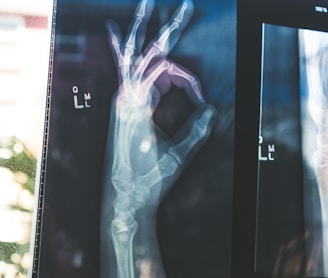

Chatbots: AI-powered chatbots use natural language processing (NLP) algorithms to understand and respond to user queries.
Voice assistants: Devices like Amazon's Alexa, Google Home, and Apple's Siri use AI to understand and respond to voice commands.


Personalized recommendations: Websites and applications use machine learning algorithms to provide personalized recommendations for products, content, and services based on a user's behavior and preferences.


Fraud detection: AI-powered fraud detection systems use ML algorithms to identify and prevent fraudulent transactions.


Image recognition: AI-powered image recognition software is used for facial recognition, object detection, and other applications.


Autonomous vehicles: Self-driving cars and other autonomous vehicles use AI to navigate roads and make decisions based on real-time data.


Medical diagnosis: AI-powered medical diagnosis systems use ML algorithms to analyze patient data and provide accurate diagnoses.


Language translation: AI-powered language translation tools use NLP algorithms to translate text and speech between different languages.


Content creation: AI products are designed to create content, such as automated article writers or video editors.


Predictive analytics: Businesses use AI-powered predictive analytics tools to analyze data and make predictions about future trends and behaviors.


